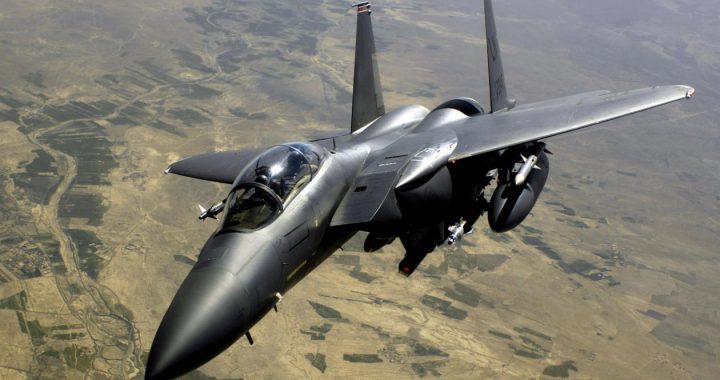Lesser-known facts about the McDonnell Douglas F-15 Eagle
McDonnell Douglas F-15 Eagle is the tactical jet fighter that was designed to serve the USAF as their air superiority jet fighter back in 1967. The aircraft made its debut flight back in 1972 and entered the service of the USAF in 1967. The aircraft is one of the few jet fighters that have the … Continue reading Lesser-known facts about the McDonnell Douglas F-15 Eagle
0 Comments
